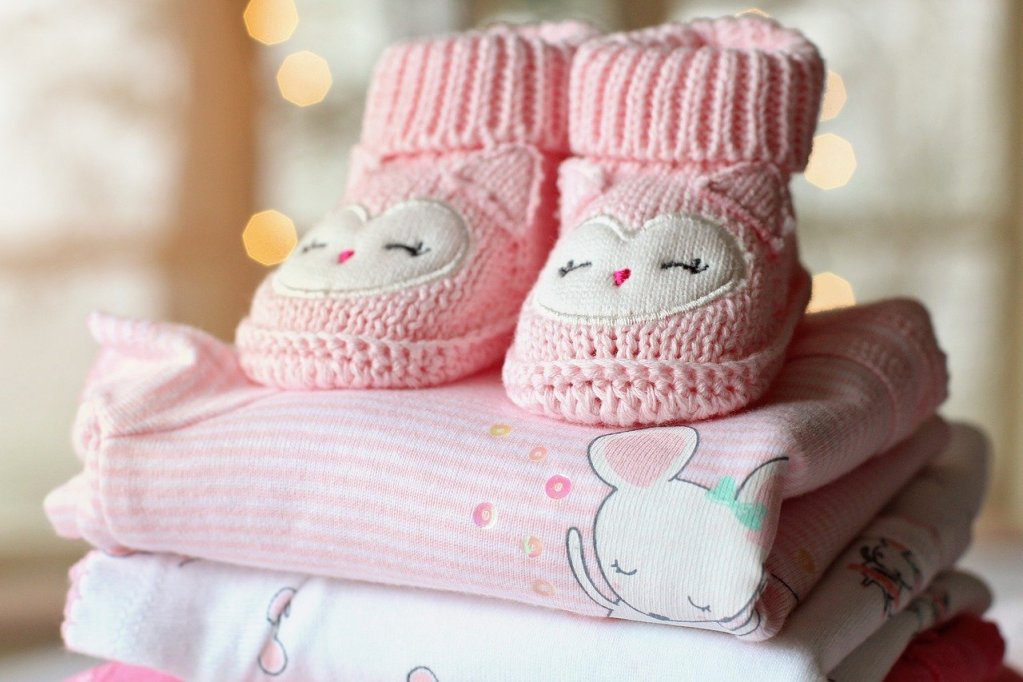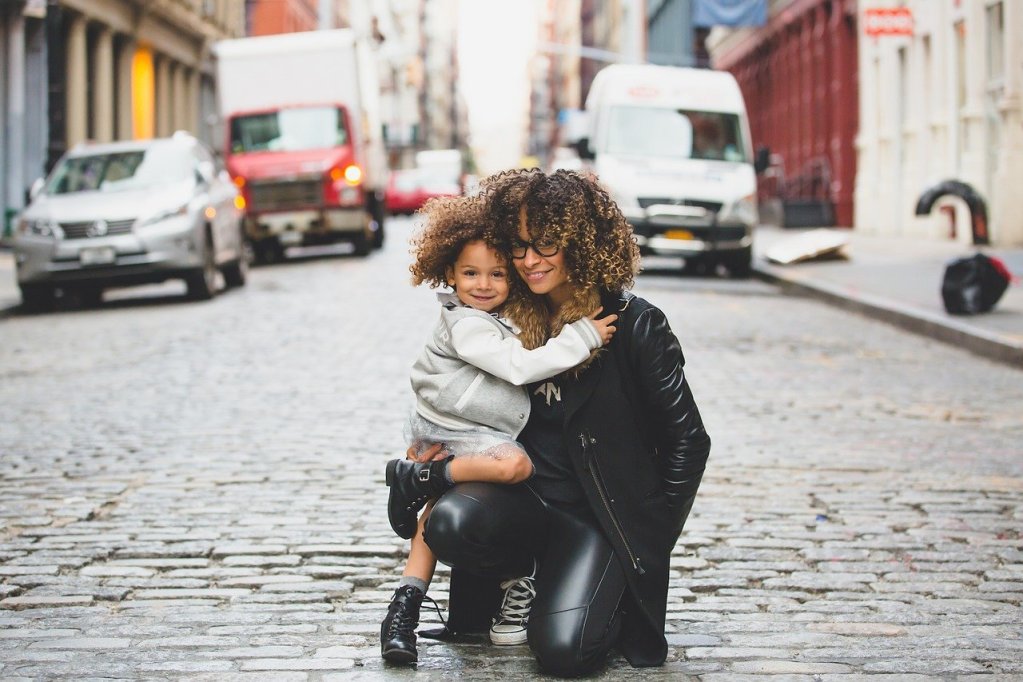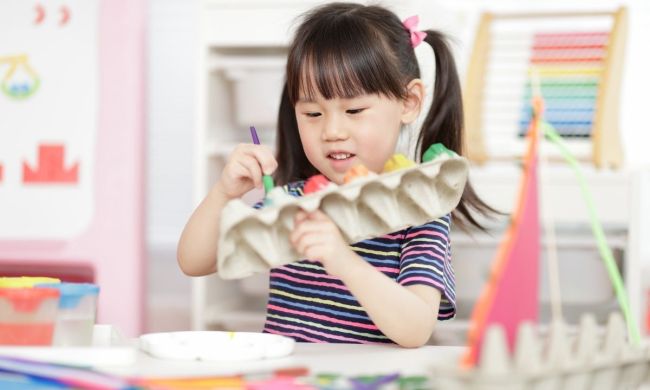Gender-neutral clothing has been a thing since the beginning of, well, the human race. Look back at artwork through history and you’ll see infants and young adolescents alike dressed in simple, plain clothing, interchangeable between girls and boys.
However, somewhere along the line, society decided to split children’s clothing and all other items from the point of conception onward. From your baby shower decor to your nursery to your child’s toys and clothes, everything is split into a world of pink or blue.
Despite this, though, the gender-neutral kids’ clothing trend has been slowly and quietly growing over the last few years, with plentiful gender-neutral children’s clothing brands popping up and gaining popularity among influencers, mommy bloggers, and celebrities.

Why the rebirth of the gender-neutral kids’ clothing trend?
There are many reasons why more parents are turning to gender-neutral children’s clothing.
For one, society in general has become a little more open-minded when it comes to gender and sexual identity as a whole, making many parents feel that they shouldn’t necessarily force a certain gender identity onto their children from birth. Rather, they want to let their child choose their own gender path, whatever that path may be.
Additionally, gender-neutral children’s clothing is often more affordable for families with multiple children.
Think about it. If you have a girl for your first child and dress her all in frilly, lacy, pink clothing, and then you have a boy for your second child, there likely won’t be an exchange of any hand-me-downs. Instead, you’ll have to buy all new clothes for your second child. With gender-neutral children’s clothing, this is never an issue.
On top of all this, you save money ahead of your first birth, as well, as you can purchase baby clothes well in advance of your due date, even if you choose to not know the sex of your child ahead of time, spreading your clothing cost over a greater number of months.
How to pick out gender-neutral kids’ clothes
While you could purchase gender-neutral kids’ clothes from specific brands that are built up around offering just that, you can also find gender-neutral kids’ clothes anywhere that you currently shop. Don’t think that you have to go out of your way to find them.
At infancy and well into adolescence, children’s bodies are built pretty much the same regardless of gender, so all you’re really looking at when shopping for gender-neutral kids clothes is style. Many of the brands that specifically offer only gender-neutral kids’ clothes tend to lean more toward monochrome outfits and neutral colors, which are, while often aesthetically pleasing and very stylish, not necessarily kid-friendly or reflective of your child’s individual personality.
If you want to avoid the monochrome aspect of gender-neutral kids’ clothes, opt for other colors like yellow, green, and red. Really, the only things you might want to avoid are pinks and pale blues, as well as any very clearly gender-specific accents, such as bows or lace.
Why you should let your child lead the way
While there are plenty of benefits to choosing gender-neutral clothing for your child, once they get a little older, it’s important not to force the gender-neutral clothing on them. If they truly want to wear the pink, sparkly sweater, let them. If they want to wear the blue T-shirt with a dump truck on it, don’t discourage them.
The primary goal of gender-neutral clothing for infants and toddlers too young to choose their own clothing is to not force them into one particular way of thinking about themselves. Once your child does begin to form their own preferences, free of exterior pressure, allow them to express those preferences in the way they dress.
Fun, gender-neutral clothing companies to explore
Ready to start shopping? There are plenty of gender-neutral clothing companies you can begin exploring now. Here are just a few of our favorites:

Put your kids’ interests and likes first, and the right clothing will come
While gender-neutral kids’ clothes are a big trend right now, don’t put too much thought into it or pressure on yourself to conform to what all the mommy bloggers are doing at the moment. If you put your child’s interests and likes/dislikes first, without assuming that they’ll like or dislike a certain clothing item based purely on gender, you’ll do just fine, and your child will feel free to explore their personality through the right clothing for them. Fashion, after all, is one of the most immediate forms of self-expression — shouldn’t your child be able to truly express themselves in whatever way they want?


